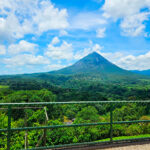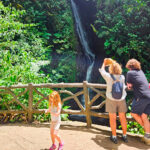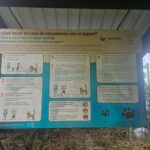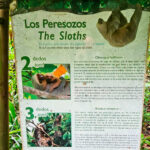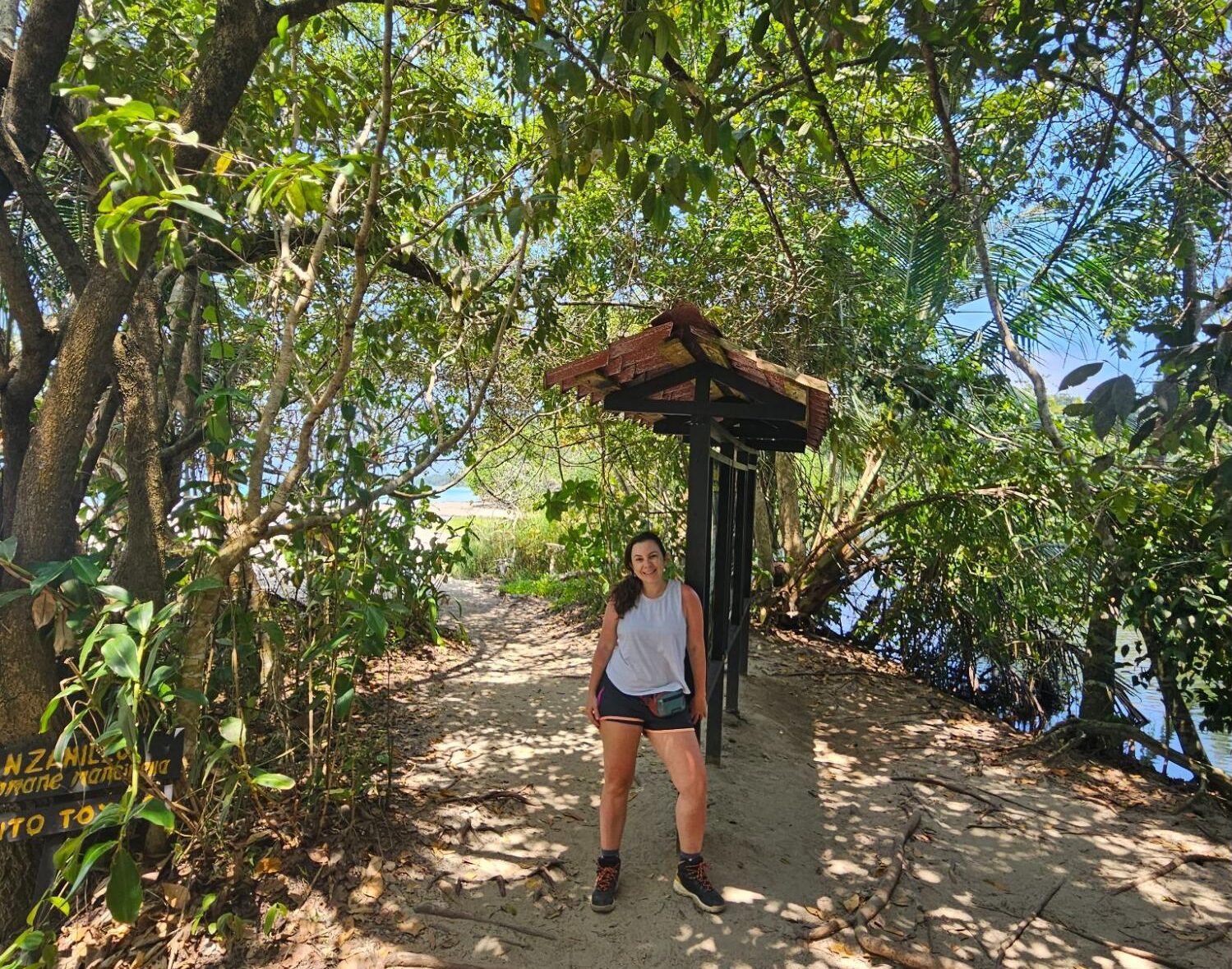
Anyone who follows me on social media will have seen that I spent the last month traveling around Costa Rica – sorry for the overposting, colleagues, I couldn’t resist! What I want to share with you today, apart from the beautiful images – yes, we will have them – are some lessons I (re) learned about ecotourism and the role of Natural Parks and conservation units in general.
Let’s start with a very important and urgent one:
Conservation Units create a breather in the world
More than half of Costa Rica’s area, which is just over 51,000 km², is covered by forests, and concentrates 5% of the world’s biodiversity, according to CNN Brazil. There are around 27 national parks, 11 conservation areas, as well as wilderness refuges, reserves, biological corridors, and UNESCO World Natural Heritage Sites:
- Cordillera de Talamanca- La Amistad Reserves / Amistad National Park (1983, 1990)
- Cocos Island National Park (1997, 2002)
- Guanacaste Conservation Area (1999, 2004)
- Pre-Columbian Chiefdom Settlements with Diquís Stone Spheres (2014)
The country has tropical forests, volcanoes, hot springs, and beaches divided between the Pacific Ocean and the Caribbean Sea. In terms of population, there are 5 million inhabitants in the territory.
This configuration creates a “forest sea” in the middle of the American continent. It’s a welcome respite between so many urban uses, monoculture agriculture, or areas of less conserved nature in general. In the current climate crisis, maintaining forests is no longer about global kindness, but an urgent necessity.
Conservation Units breathe life into the soul
In this fast-paced and uncertain world, nature helps us reconnect with who we are – part of it, remember? “Studies show that being close to nature is related to the improvement of various health and well-being indices, such as lowering blood pressure, reducing hormones associated with stress, improving heart rate, mood and cognitive function, for example,“ explains Mariana Napolitano, Conservation Manager at WWF-Brazil.
Ecotourism is a way of preserving these territories with economic benefits for the area
In Costa Rica, national parks charge 17 dollars for international visitors and around five dollars for residents. In addition to these funds, which go to the state and nature conservation, thousands of people are involved in providing services; and there is a wide range of private parks (in Brazil they are called RPPNs) and adventure services such as rafting, trekking, canoeing, tree climbing, etc.
According to the WTTC, tourism employment rose to 246,300 people in 2019, which represented 11.3% of total employment, but fell in 2020 to 178,600 people (-27.5%) and now represents 9.2% of total employment due to the COVID-19 pandemic. The data is from Costa Rica’s National Tourism Plan 2022-2027 and should soon be updated for the post-pandemic reality.
Regardless of the COVID-19 crisis and recovery, ecotourism is the country’s main source of income.
Ecotourism allows people to meet animals in their habitat
The practice of keeping zoos as spaces for environmental education and species conservation is becoming increasingly controversial. Costa Rica reminds us that well-preserved ecosystems allow wildlife-watching tourism without the need for bars or chips.
The animals are respected, unlike the orcas, dolphins “and other 550,000 wild animals that currently live in captivity and are abused by tourism daily. This group includes tigers and elephants in fake sanctuaries, bears in tropical zoos, exotic birds in cages, as well as porpoises surrounded by people in the Amazon, overfed sharks in Palau or dromedaries in forced labor in the northeast”, as Ana Duék, creator of Viajar Verde, warns.
What you realize on a day-to-day basis (the great benefit of a slow travel experience in this country) is that a pure life is part of the culture. A way of seeing the world that is part of nature. The Ticos (an affectionate nickname for Costa Rican natives) are proud of their country, welcome visitors with great hospitality, and demand that they be as careful as they are about environmental issues.
Costa Rica has given up an army and prides itself on investing heavily in nature conservation. A very different paradigm from most of the countries we know, isn’t it?
With tourism as a fundamental economic activity, I hope that many, many people will be able to visit it, not only to ensure the financial viability of the conservation of this incredible natural heritage but above all, so that many can be inspired and learn that it is possible to have a lighter outlook and a more sustainable way of being in the world.
- Volcán Arenal
- Parque Místico – Una zona de conservación privada famosa por sus puentes colgantes
- Directrices sobre qué hacer si te encuentras con un jaguar.
- Parque Nacional Manuel Antonio
- Parque Nacional Tortuguero
- Parque Nacional Cahuita



